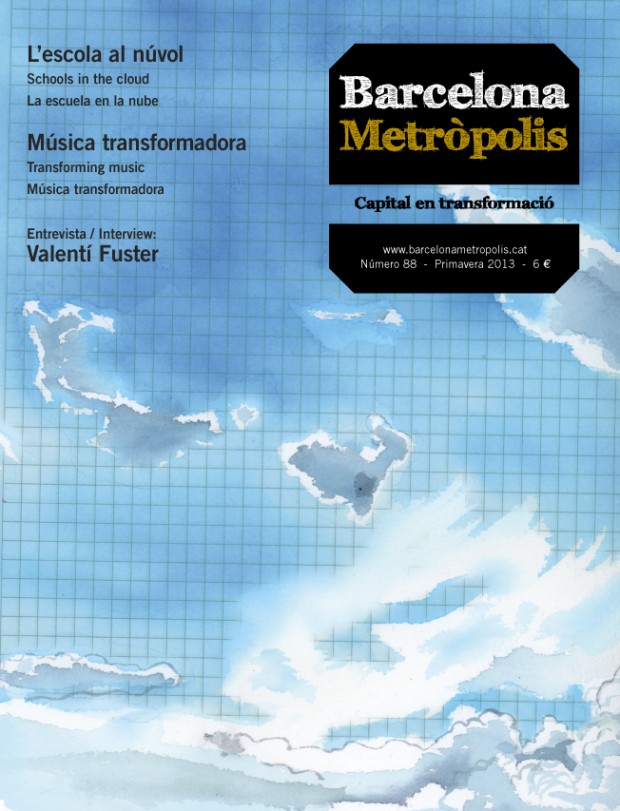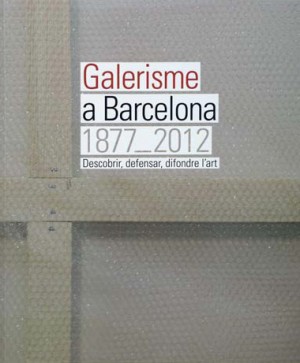Galerisme a Barcelona 1877-2012: Descobrir, defensar, difondre l’art
Jaume Vidal i Oliveres
Ajuntament de Barcelona, Art Barcelona
Barcelona, 2013
307 pages
The first historical studies that address a particular topic are usually founding acts that mark future research into the subject – a solemn and self-satisfied gesture. The case in hand is a rigorous work of documentation and the first general history of art galleries in Barcelona, representing a difficult and, it would seem, rather to be unsuitable challenge. Is this what the sector needs right now, when the harsh economic climate should be forcing it to reinvent itself?
In this sense we should give a show of support for James Vidal, author of Galerisme a Barcelona, acclaimed by the Associació Catalana de Crítics d’Art. To a large extent he has managed not to convey the dreaded image of a self-celebratory scene. In addition, his effort to translate research into agile prose is commendable, particularly because it allows him to offer an entertaining historic introduction to the beginnings of the city’s art gallery scene.
Vidal competently revisits the earliest origins of the gallery format and singles out its leading lights in Barcelona – the galleries Sala Parés, Galeries Laietanes, Sala Gaspar and René Metras. Not to mention figures of the ilk of Santiago Segura, Joaquim Sunyer, Montserrat Isern Rabascall, Josep Dalmau, John Merli and Joan Mas Zammit. Considering that the book is presented as the first compilation on the subject, there is a risk that all content be regarded as indispensable, but Vidal makes a major effort to condense the historical founding period into the introduction.
It thus begins with the historical context. But when the book goes on to review the sales boom that began in the eighties, it takes the form of an explanatory catalogue – the number of galleries commented upon rockets and it abandons its narrative style. Each establishment is dealt with individually, according to its location in Barcelona. Vidal begins with a narrative-driven historical account, an “exercise in memory and reconstruction”, followed by geographical and descriptive information, an “urban cartography of art galleries”. Galerisme a Barcelona purports to be both a map and a historical document.
As of the chapter “A new map of galleries”, the author has the good sense to steer away from addressing a single gallery and turns to the more critical parts of the text. Vidal revisits the débâcle of the state cultural policies of the 1980s and the speculative nature of the art market in the same period, with an insane price inflation that lasted into the nineties, with the advent of the global financial crisis. Not to mention the controversial “Barcelona model”, with urban growth strategies that were not always conducive to the development of the country’s artistic fabric.
It is a pity that the author did not expand his criticism a little more on these points. For example, it would have been worthwhile to analyse the debate on the presence of an art fair in Barcelona in detail, or the devastating effects of the current crisis. Vidal extends the neutrality used to describe the formation of the galleries in the rest of the book, but this does not manage to whip up any controversy around the work. It is undoubtedly a book of consensuses. Despite its critical elements, it is clear that Galerisme a Barcelona is not a critical history of the sector. This, however, does not make it anything less.




